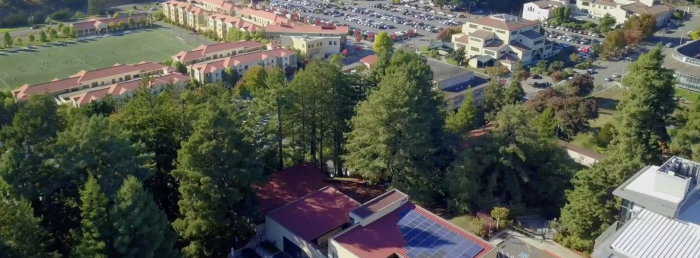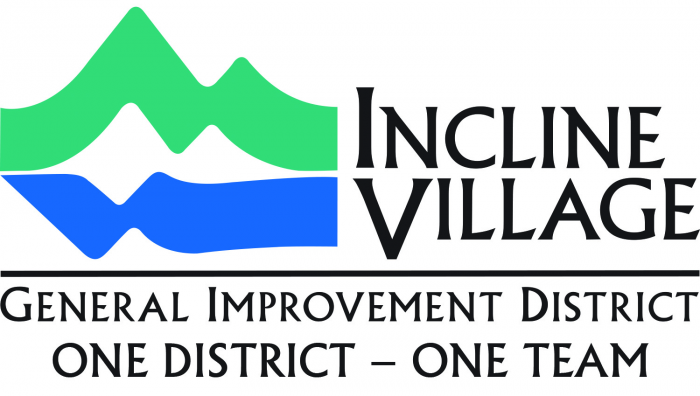 Life can often be described as a set of imperfect parts that occasionally come together in a perfect opportunity. In many cases, those opportunities are natural, uninfluenced and easily acted upon for all involved as a way to bring together two or more otherwise independent elements together for something greater.
Life can often be described as a set of imperfect parts that occasionally come together in a perfect opportunity. In many cases, those opportunities are natural, uninfluenced and easily acted upon for all involved as a way to bring together two or more otherwise independent elements together for something greater.
In some instances, the opportunity to join seemingly good partners is merely a vision that has no immediate solution. In those cases, people, cultures, technologies and perhaps even more and greater ideas remain confined to a boundary that prevents progress that eventually unites those willing partners-to-be.
Physical boundaries have often been resolved by the development of appropriately designed and constructed bridges. Bridges have brought together countries, continents, and in the case of the Panama Canal, even oceans. They have provided paths to those we desire to meet; to get to know, and to live with, and new paths to new places—often with shorter routes to our desired destinations. Bridges often facilitate simultaneous goals to be met in an ongoing basis.
Recently, I delved into a very new arena for myself and began to explore what quickly became for me a fascinating world of the architecture and engineering of bridges in all their various and magnificent forms, and how they have been created to bring life to a vision for their use. As I sank deeper into my new-found subject of interest, I began to see a very clear and direct relationship between the purposes bridges are designed to serve, and the purpose I have should have as a leader who serves.
My first realization in studying bridges of the last 200-250 years was to understand an ever-present principle: that which is once built should be cared for. For example, the Humpback Covered Bridge near Covington, Virginia, constructed in 1857 and though its architects remain unknown to this day, enjoys a legend of particular importance in our nation’s history. It is said that this bridge, a covered structure that during the Civil War was so important to both Northern and Southern troops that its safety and future were specifically negotiated between Union and Confederate soldiers who agreed to neither harm nor destroy the bridge during the war. That bridge stands today as testament to superior construction as well as the power of agreement.
Some structures, though, have been irreparably harmed by external forces greater than the men who created them. Built in 1911, the ”Million Dollar Bridge” in Alaska remains the same collapsed state after the great earthquake in 1964 dislodged one of its spans, rendering the bridge unserviceable.
Leaders can draw much from each of these bridges, as well as the places and times they served. While leaders have a keen trait to understand when conditions become too destructive and the organization she leads must redirect its energy and resources, these same leaders also actively perform to a more powerful, prevailing mindset.
That predisposition is in the leader’s understanding of the importance of demonstrably valuing the work of others, and the product of that work. They understand that there are circumstances in which they simply must set aside things like preference, ego, loyalties and even an objective within their mission to accomplish something more lasting: Trust.
Such actions by these leaders are extraordinarily familiar to each of us, and often provide a lasting standard of the purpose of compromise. The superior mindset of soldiers in battle in the Civil War knowing that victory—not annihilation—was the objective assigned to each, allowing them to provide a genuine definition of compromise: Not giving in, not giving up—but giving more.
In Part II of this exploration, we’ll examine how leaders successfully reinvent as well as repurpose the organizations and people they lead.




Trackbacks/Pingbacks